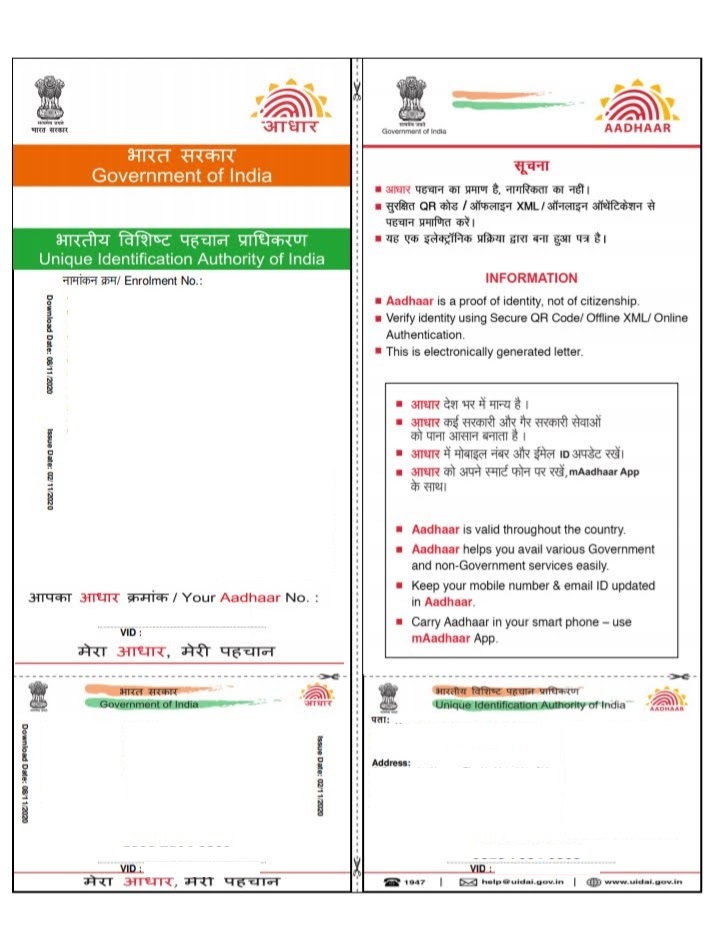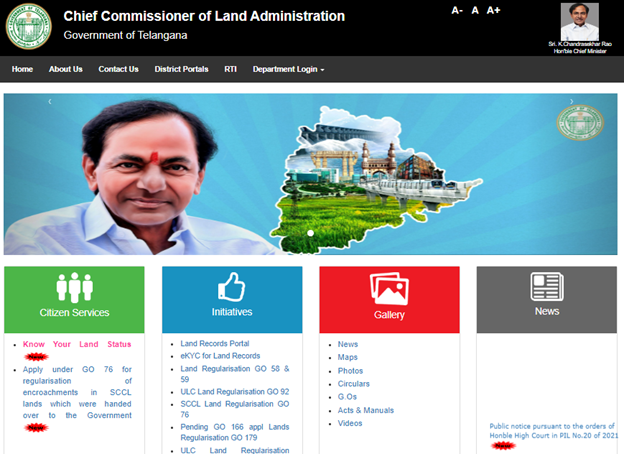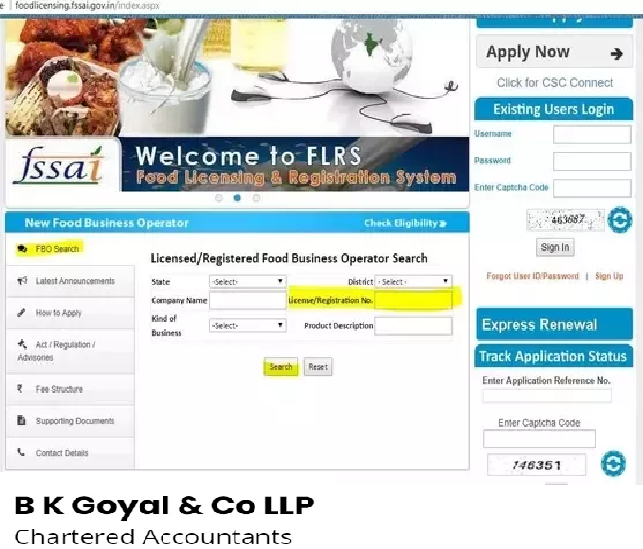SAMVIDHAAN SADAN – THE CONSTITUTION HOUSE
On 19.09.2023, the Indian Parliamentarians shifted to new parliament from the old parliament. On this occassion, Prime Minister Narendra Modi, requested to name the old parliament as SAMVIDHAAN SADAN i.e The constitution house where the constitution of India was discussed and adopted by great politicians after the independence of India Samvidhan Sadan_Constitution House Parliament of […]


